Brooklyn subway shooting suspect was traced to firearm. Is it a case for Biden's ghost gun regulations?
- Oops!Something went wrong.Please try again later.
WASHINGTON – If the Biden administration was looking for timely affirmation for its new effort to ban untraceable ghost guns, the case against accused New York subway attacker Frank James may stand apart.
Among the crucial pieces of evidence allegedly tying James to Tuesday’s stunning attack is the 9 mm handgun recovered at the scene, bearing a serial number that linked the 62-year-old suspect to a 2011 purchase in Ohio.
The gun trace, authorities said, helped elevate James from a “person of interest” to the prime suspect in the attack in which 10 of the 23 injured suffered gunshot wounds. James was arrested following a sprawling manhunt and ordered detained Thursday pending trial on a charge involving a terrorist assault on the mass transit system.
Who is Frank James?: What we know about Frank James, suspect arrested in the Brooklyn subway shooting
'We got him':Brooklyn subway shooting suspect arrested after calling himself in
Recovered inside a bag that also contained a treasure trove of other materials, including a key to the U-Haul James allegedly rented in Philadelphia and credit cards, the firearm evidence emerged just days after the White House unveiled new regulations requiring manufacturers of self-assembled firearm kits to attach serial numbers so that they, too, can be traced to a purchaser and point of sale.
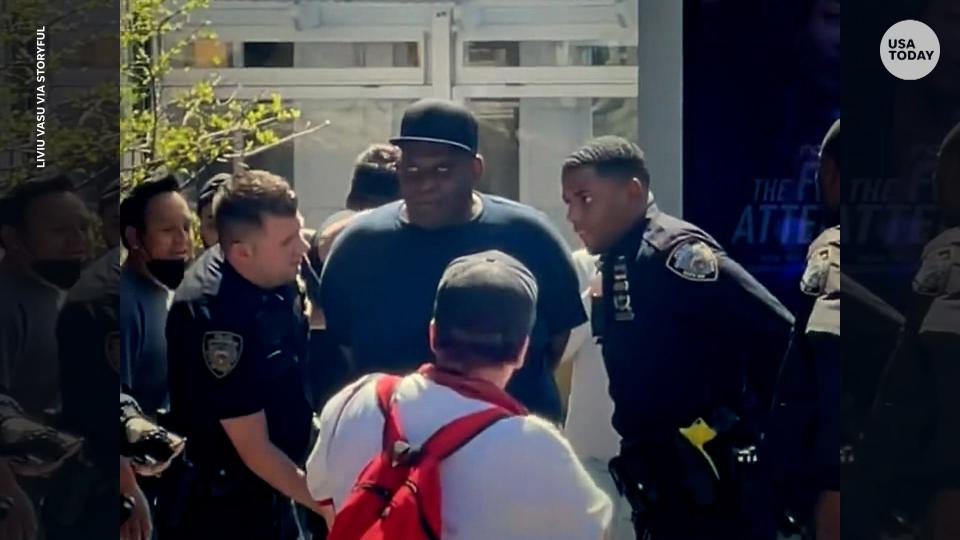
"Here is the perfect example for why this (ghost gun) rule was needed," said David Chipman, the Biden administration's first nominee to head the Bureau of Alcohol Tobacco Firearms and Explosives. "I think you would be hard-pressed to find an argument against a (serial number) requirement based on what happened in New York."
Jim Pasco, executive director of the Fraternal Order of Police, said the James case is a striking illustration of the need for regulation of untraceable firearms amid spiraling violent crime.
Law enforcement officials have long expressed concern about the rise in crimes involving ghost guns. Last year, about 20,000 such weapons were recovered in criminal investigations, a tenfold increase from 2016, the Justice Department found.
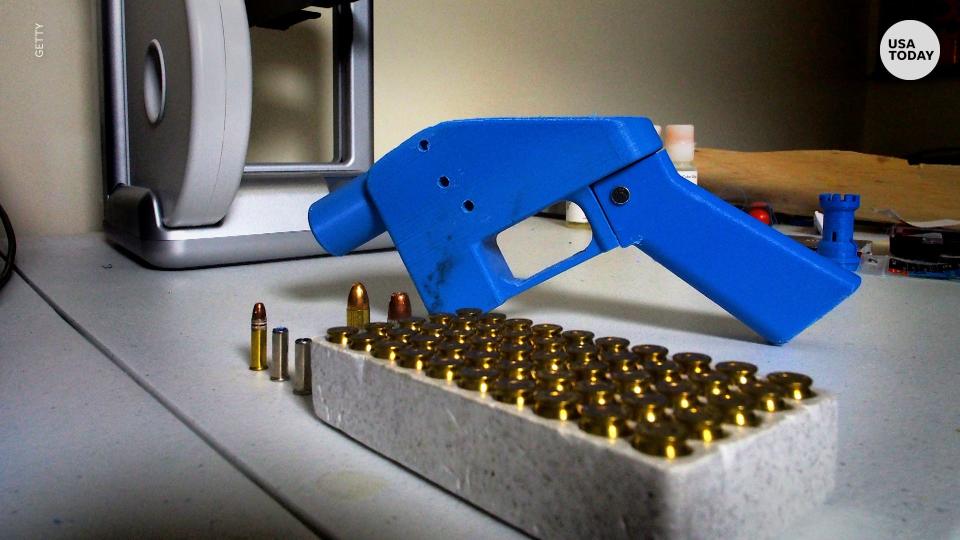
Biden's ghost guns regulations: Amid rise of gun violence, Biden unveils 'basic common sense' regulations targeting ghost guns
Merrick Garland:Ghost guns are real guns. And we'll regulate them to save lives.
As an increasing number of the untraceable weapons have surfaced across the country, some states, including California, have enacted laws to require serial numbers to be stamped on firearms. Meanwhile, cities also have mounted their own campaigns in the form of lawsuits and other legal challenges that accuse manufacturers of undermining law enforcement.
The new regulations, which already have drawn opposition from gun rights groups, include requirements to attach serial numbers on ghost guns already in circulation.
Licensed dealers and gunsmiths, for example, will be tasked with attaching serial numbers to any unmarked firearm in their inventories.
William Bratton, a former New York City Police commissioner, said the quick trace of the Glock 17 pistol allegedly used by James "clearly represents an argument" for the new regulations.
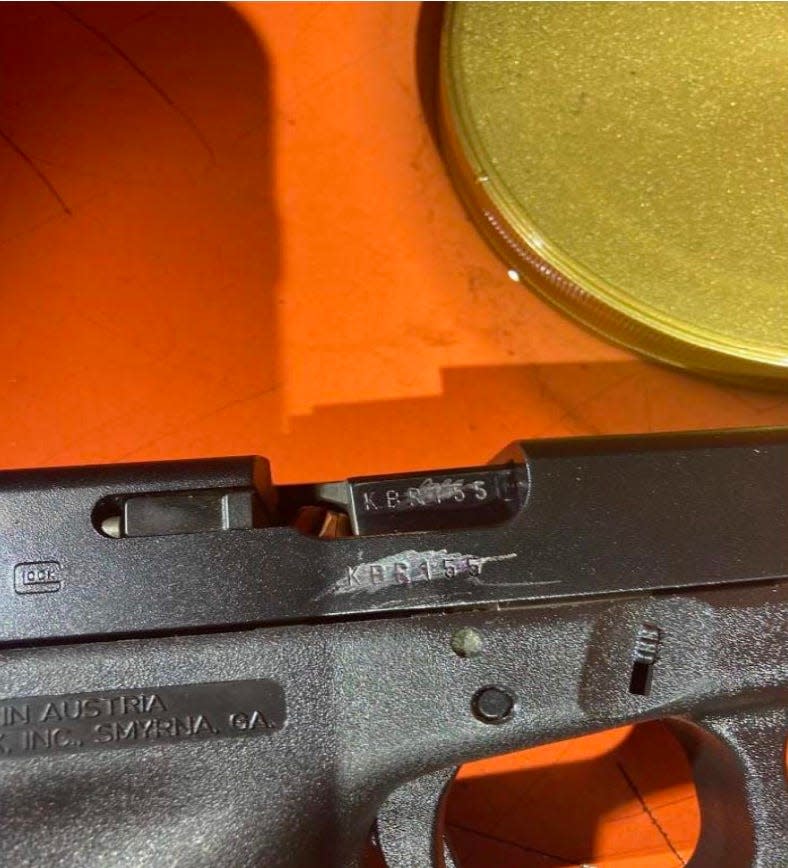
But he said the vast numbers of such weapons already in circulation, along with likely legal challenges to the new rules promised by groups, including Gun Owners of America, could prolong "the plague" of crimes involving untraceable firearms.
"I think it is too soon to tell what effect this executive action might have," Bratton said. "It could take months. We don't have any idea of how many guns are out there now."
Gun Owners of America have cast the administration's action as an attempt to create a national gun registry, vowing an aggressive legal challenge
"We plan on fighting this tooth and nail in the courts, as well as, in the halls of Congress," the group said earlier this week.
The National Rifle Association downplayed the significance of the gun evidence allegedly linking James to the attack, referring to a bounty of other materials recovered at the scene detailed in accounts of the suspect's arrest.
“The fact remains he was apprehended because he was recognized and even made a call to the tip line himself," NRA spokesperson Amy Hunter said. "Any suggestion to the contrary ignores this salient point.”
While law enforcement analysts agreed that the subway case highlighted an ideal outcome for serialized guns, they also acknowledged that quick traces to an actual suspect are not always possible, even with appropriately marked weapons.
Brooklyn subway shooting: How 'everyday New Yorkers' say they helped police find Brooklyn shooting suspect
It is not uncommon for investigators to encounter weapons that have been stolen from legal owners. In other cases, records may not be available from licensed dealers that have ceased doing business, even though such businesses are required to submit their records when they close.
In those cases, the initial trace represents only the start of a search for the source of the gun and a suspect.
"It's not always as easy as it appears," said Pasco, who also served as a former ATF official.
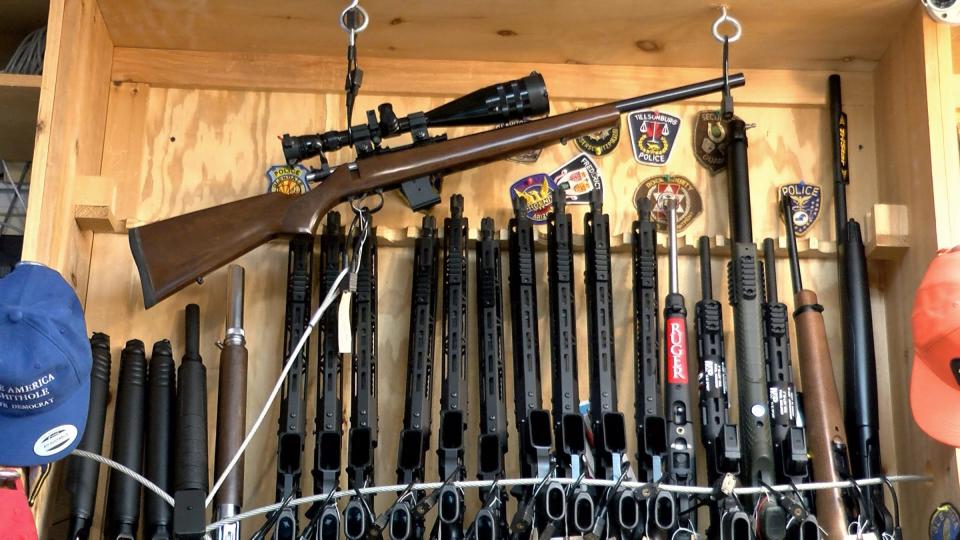
By all accounts, however, the case involving James moved extremely rapidly, aided by an inordinate amount of defining evidence left behind by the alleged shooter, including the gun.
Within 12 hours of the attack, federal authorities completed the gun trace, said John DeVito, chief of ATF's New York Field Division. A photograph of the weapon included in court documents, showed scratch marks on the serial number indicating that "an attempt was made to deface the serial number,"
"We tied that gun utilized in the shooting to our target, and now we have our target in custody," DeVito said at a briefing following James' Wednesday arrest.
Chipman, whose nomination to head the ATF was withdrawn in September amid strong opposition by Republicans and gun rights groups citing his work for gun control advocates, said there should be no argument against regulations that might assist in the quick identification against similar targets.
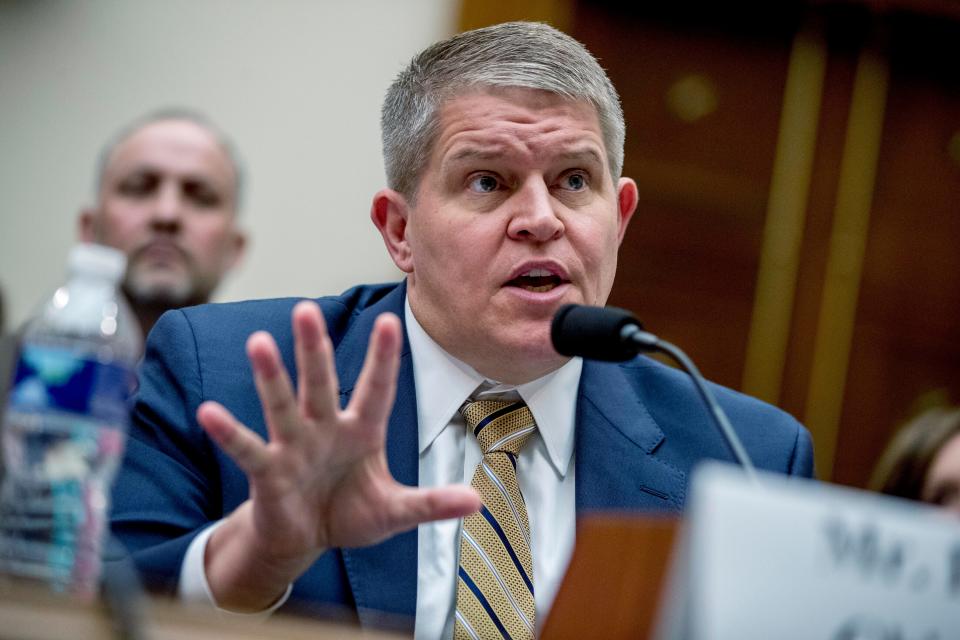
He suggested that basic gun regulations should follow the lead requiring vehicle manufacturers to attach identification numbers to its products. In the 1993 bombing of the World Trade Center and the 1995 attack on the Oklahoma City federal building, vehicle identification numbers recovered from rental vehicles carrying the explosives were key to pinpointing the bombers.
"If we regulated guns like cars, we give law enforcement the ability to hold people accountable," Chipman said.
Contributing: Michael Collins
This article originally appeared on USA TODAY: Is Brooklyn subway shooting a case for Biden's ghost gun regulations?

